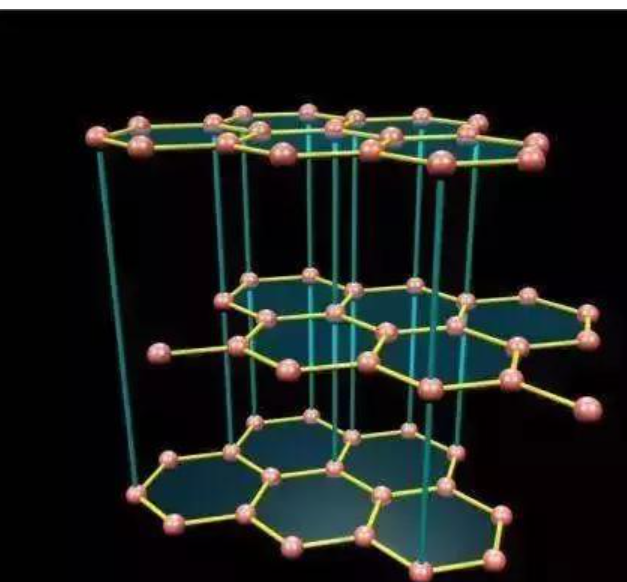Graphene Market Prospects and Commercialization
Graphene, often hailed as the “wonder material” of the 21st century, is revolutionizing industries with its exceptional physical and chemical properties. Despite its promising potential, the road to full-scale commercialization has been fraught with challenges. This article delves into the current market landscape for graphene, the commercialization process, the growing demand across industries, key manufacturers, and the expanding applications driving its adoption.

1. Overview of the Graphene Market
1.1 Market Size and Growth Trends
- Market Valuation: The global graphene market is projected to grow from approximately $1.4 billion in 2023 to an estimated $5 billion by 2030, with a compound annual growth rate (CAGR) of around 20%.
- Driving Factors: Increasing demand in electronics, energy storage, and composites is propelling this growth. Additionally, government and corporate investments in graphene research and production have accelerated its commercialization.
- Regional Highlights:
- Asia-Pacific: Dominates the market due to high production capabilities in China and growing adoption in Japan and South Korea.
- North America: Significant research and development activities supported by academic institutions and private enterprises.
- Europe: The Graphene Flagship initiative is fostering innovation across the continent.
1.2 Key Challenges
- Cost of Production: High production costs hinder mass-market adoption.
- Scalability Issues: Difficulty in producing high-quality graphene at large scales.
- Standardization: The lack of uniform quality standards complicates market growth.
2. The Commercialization Process
2.1 Research and Development (R&D)
- The transition from laboratory-scale to industrial-scale production has been pivotal. Techniques such as Chemical Vapor Deposition (CVD) and Liquid-Phase Exfoliation are now optimized for scalability.
- Collaboration between academic institutions and private companies plays a crucial role in bridging the gap between research and application.
2.2 Pilot Production
- Small-scale production lines serve as testbeds for fine-tuning manufacturing processes and ensuring product quality.
- Companies are increasingly leveraging advanced technologies to reduce production costs and improve efficiency.
2.3 Commercial Applications
- Graphene is moving from niche applications to mainstream industries, including consumer electronics, automotive, and healthcare.
- Strategic partnerships between graphene producers and end-users (e.g., battery manufacturers, aerospace companies) are expediting this process.
3. Market Demand Across Industries
3.1 Electronics and Semiconductors
- Demand Drivers: The need for faster, smaller, and more energy-efficient devices.
- Applications: Flexible displays, high-frequency transistors, and photonic devices.
- Market Impact: Graphene’s superior conductivity and flexibility make it an ideal material for next-generation electronics.
3.2 Energy Storage
- Demand Drivers: The global push for renewable energy and electric vehicles (EVs).
- Applications: Lithium-ion batteries, supercapacitors, and hydrogen storage systems.
- Market Impact: Graphene enhances energy density and charging speeds while improving battery lifespan.
3.3 Composites and Coatings
- Demand Drivers: Lightweight, durable, and corrosion-resistant materials.
- Applications: Aerospace components, automotive parts, and industrial coatings.
- Market Impact: Graphene-reinforced composites outperform traditional materials in strength-to-weight ratio and durability.
3.4 Healthcare and Biotechnology
- Demand Drivers: Advanced diagnostics and personalized medicine.
- Applications: Biosensors, drug delivery systems, and wearable devices.
- Market Impact: Graphene’s biocompatibility and sensitivity are unlocking breakthroughs in medical technology.
4. Key Manufacturers and Industry Players
4.1 Leading Producers
- China:
- The Sixth Element and Morsh are key players driving large-scale graphene oxide production.
- Jinan Shengquan Group specializes in graphene composites.
- Europe:
- Graphenea (Spain) focuses on high-quality monolayer graphene.
- Directa Plus (Italy) emphasizes eco-friendly graphene applications.
- North America:
- Haydale Graphene Industries and First Graphene lead the market with innovative product lines.
4.2 Emerging Startups
- Startups like Versarien, Nanoxplore, and Global Graphene Group are developing niche applications for graphene, particularly in energy storage and medical devices.
4.3 Strategic Collaborations
- Partnerships between graphene producers and tech giants like Samsung, Tesla, and Huawei are accelerating application development.
5. Expanding Application Areas
5.1 Automotive Industry
- Applications:
- Graphene-enhanced batteries for electric vehicles.
- Lightweight composites for car body panels.
- Thermal management in EV batteries and motors.
- Impact: Reducing weight and improving efficiency contribute to longer range and better performance.
5.2 Aerospace
- Applications:
- Aircraft wings made from graphene composites.
- Thermal shielding materials for spacecraft.
- Impact: Improved fuel efficiency and resilience under extreme conditions.
5.3 Water Treatment
- Applications:
- Graphene membranes for desalination and filtration.
- Removal of heavy metals and organic pollutants.
- Impact: Providing cost-effective and efficient solutions to global water scarcity.
5.4 Advanced Sensors
- Applications:
- Gas sensors for environmental monitoring.
- Wearable sensors for healthcare applications.
- Impact: Higher sensitivity and real-time monitoring capabilities.
6. Future Prospects and Innovations
6.1 Scalability and Cost Reduction
- The development of roll-to-roll manufacturing and green production techniques is expected to reduce costs and enhance production efficiency.
6.2 Integration with AI and IoT
- Graphene-enabled sensors and devices are becoming integral to the Internet of Things (IoT) and artificial intelligence (AI) ecosystems.
6.3 Emerging Markets
- Developing Regions: Africa and Southeast Asia are emerging as significant markets due to the demand for clean energy and water technologies.
- Space Exploration: NASA and ESA are exploring graphene’s potential in space applications.
6.4 Regulatory Support
- Governments worldwide are supporting graphene research through grants and initiatives to expedite commercialization.
7. Conclusion
Graphene’s commercialization journey is reshaping industries by offering unparalleled performance across diverse applications. While challenges like production costs and scalability persist, ongoing innovations and strategic collaborations are paving the way for broader adoption. As graphene transitions from a research focus to a market reality, its transformative impact on technology, sustainability, and quality of life becomes increasingly evident. With expanding applications and robust market demand, the graphene industry is poised for exponential growth, redefining the material landscape for decades to come.

